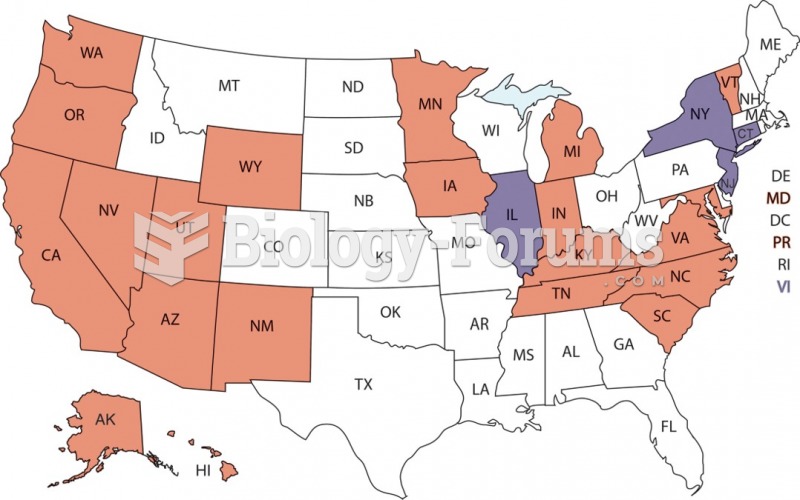This topic contains a solution. Click here to go to the answer
|
|
|
Did you know?
The FDA recognizes 118 routes of administration.
Did you know?
Your chance of developing a kidney stone is 1 in 10. In recent years, approximately 3.7 million people in the United States were diagnosed with a kidney disease.
Did you know?
There are over 65,000 known species of protozoa. About 10,000 species are parasitic.
Did you know?
The first oncogene was discovered in 1970 and was termed SRC (pronounced "SARK").
Did you know?
For pediatric patients, intravenous fluids are the most commonly cited products involved in medication errors that are reported to the USP.
 Historian James Merrell notes several errors in Benjamin West’s famous 1771 painting, William Penn’s
Historian James Merrell notes several errors in Benjamin West’s famous 1771 painting, William Penn’s
 A CNG storage tank from a Honda Civic GX shown with the fixture used to support it while it is being ...
A CNG storage tank from a Honda Civic GX shown with the fixture used to support it while it is being ...
 States and territories that have adopted their own version of HAZWOPER for all workers are shown in ...
States and territories that have adopted their own version of HAZWOPER for all workers are shown in ...




